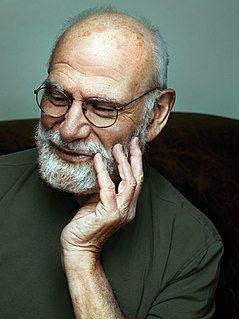A Quote by Frans de Waal
Very ancient parts of the brain are involved in moral decision making.
Related Quotes
With any hallucinations, if you can do functional brain imagery while they're going on, you will find that the parts of the brain usually involved in seeing or hearing - in perception - have become super active by themselves. And this is an autonomous activity; this does not happen with imagination.
In a large pharmaceutical company, where it's a big bet, you're going to need finance people to be involved in the decision-making because the investment can run into the hundreds of millions of dollars. You're going to have to run scenarios. You might even need agreement from the C.E.O. to make that type of decision. If it's an incremental, low-cost decision in a marketing-oriented company, it may be a very different set of stakeholders a lot further down in the organization.
Now I have demonstrated, that the convolutions of the brain are nothing but the peripheric expansion of the bundles of which it is composed; consequently the convolutions of the brain must be recognized as the parts in which the instincts, sentiments, propensities are exercised; and, in general the moral and intellectual forces.
The D.C. vs. Heller decision was very strongly and she was extremely angry about it. I watched. I mean, [Hillary Clinton] was very, very angry when upheld. And Justice [Antonine] Scalia was so involved. And it was a wellcrafted decision. But Hillary [Clinton] was extremely upset, extremely angry.



































